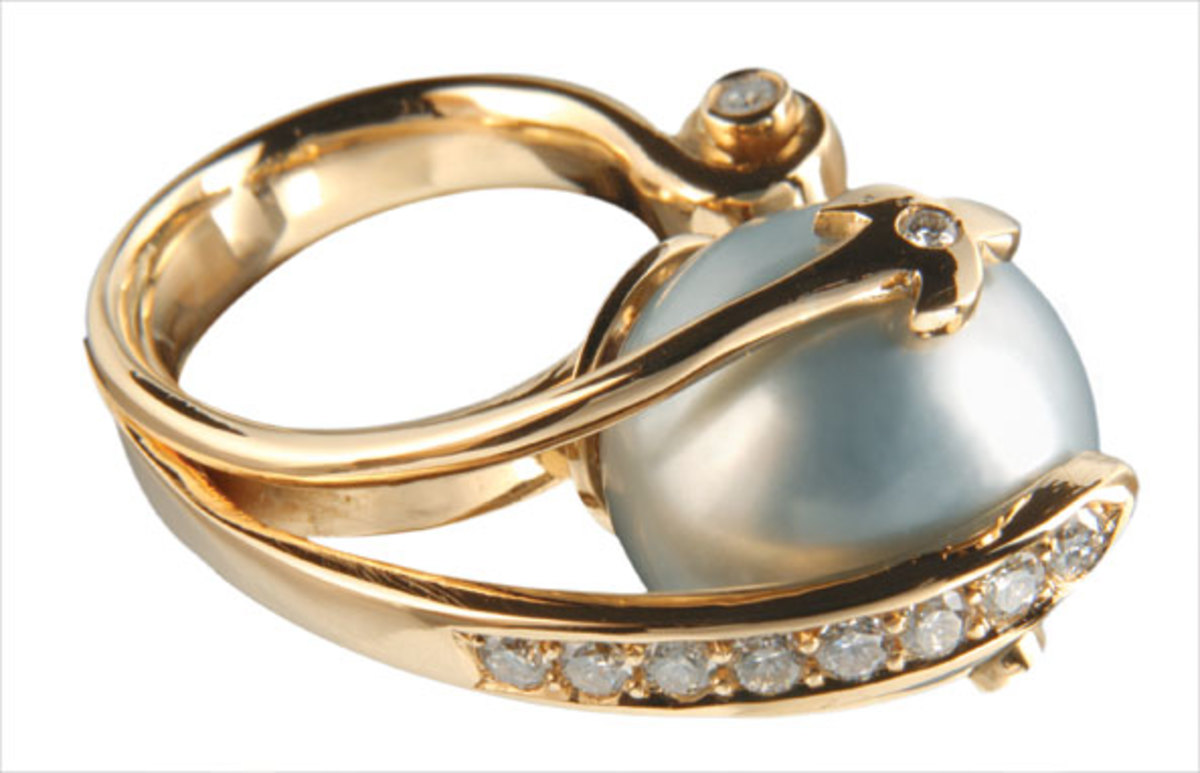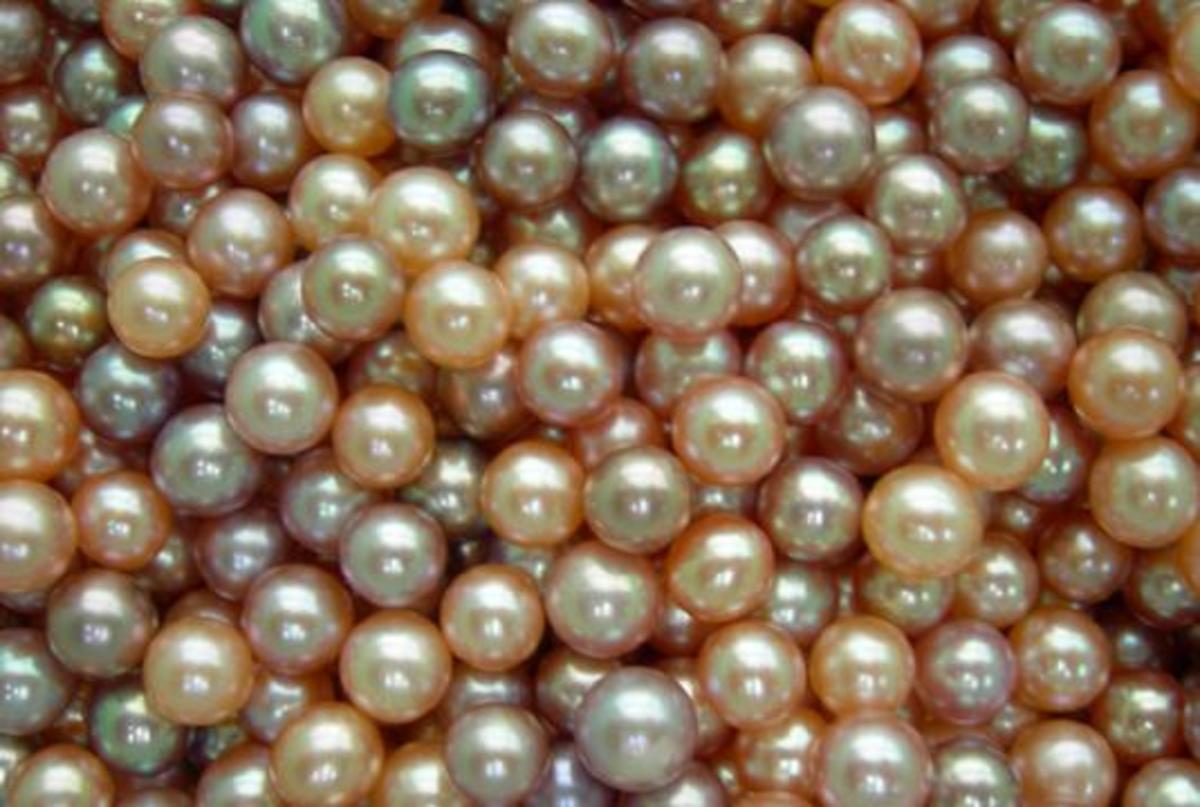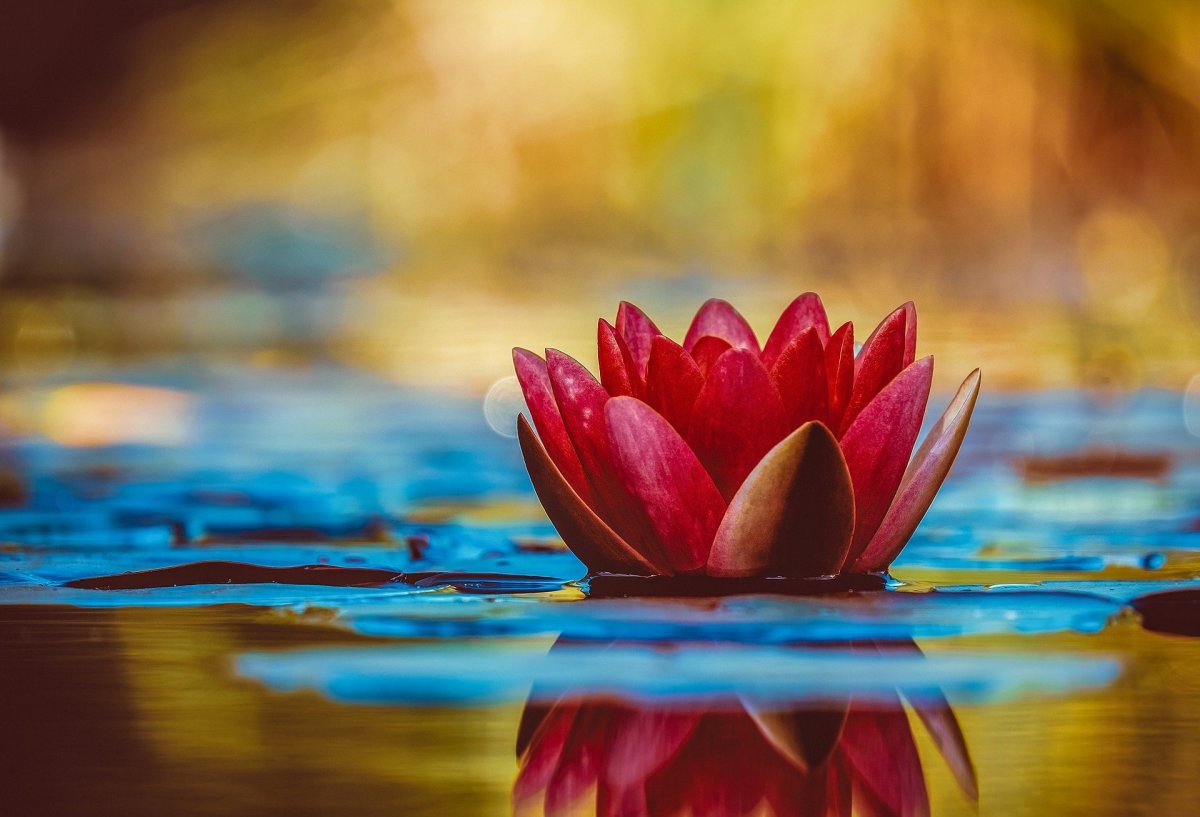How a Pearl is Born
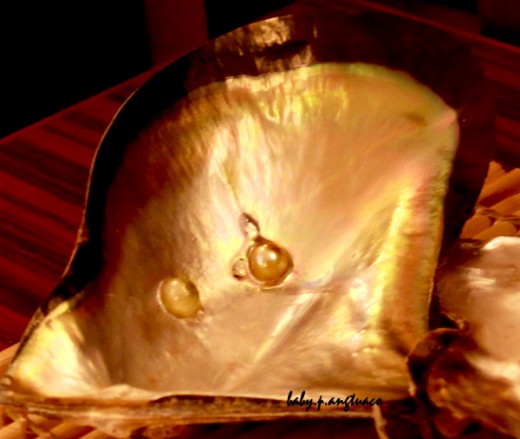
“All art is autobiographical; the pearl is the oyster's autobiography”
-Frederico Fellini
I love this quote from Fellini. Don’t you wish your own autobiography is as pretty and precious as a pearl?
How to Make a Pearl
A pearl is born when an irritant enters an oyster or any of the other shelled members of the phylum Mollusca. The irritant is commonly thought of as a grain of sand. However, studies show that a grain of sand is rarely the beginning of pearl formation. Rather, any irritant, most likely a piece of food that strays between the mantle, (the soft flesh that forms the shell), and the shell of the mollusc, serves as the “seed” for pearl formation.
When an irritant strays into the mollusc, it tries to isolate and separate this from the rest of its body by coating it with the same material that lines its inner shell. This inner shell lining is called nacre or mother-of-pearl. It appears lustrous and consists of the substances aragonite and conchiolin.
The mollusc coats the irritant, layer by layer with nacre at a rate of about 0.1mm to 0.2mm per year. This coated irritant becomes the pearl. As you can see from the rate at which nacre is laid, it will take a few years before you can harvest a moderately sized pearl. Thus, naturally formed pearls are really very rare and precious.
Because the chances of a mollusc forming a pearl is rather rare, humans have learned to intervene in the pearl formation process by “pearl culturing” or “pearl farming”.
Pearl Farming

How to Culture Pearls
Most of the pearls that we see now are what are known as “cultured pearls”. How are pearls cultured?
This is done by surgically introducing an irritant, usually a bead or a piece of shell, into a mature mollusc. Then the mollusc is returned to the sea or lake where it then begins to cover this irritant with nacre. And so a pearl is born.
Sometimes, a piece of mantle tissue is introduced together with the bead to hasten nacre secretion. This is especially true for saltwater pearls.
Pearls can then be harvested 1 to 3 years after the “culturing” process began. To maximize pearl making especially in freshwater molluscs, several beads or even just mantle tissue are usually implanted into a single mollusc. Thus, you can harvest more than one pearl from a single mollusc. This is the reason why fresh water pearls are not as expensive as saltwater pearls.
Cultured Pearls
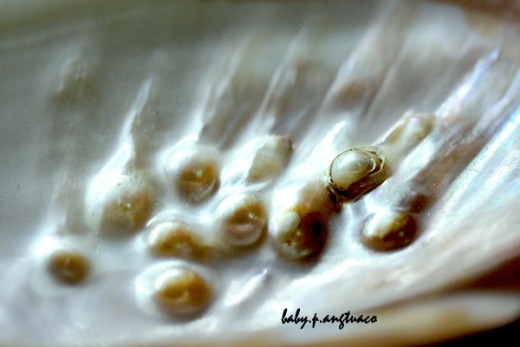
How to Differentiate Natural from Cultured Pearls
It is hard to differentiate a naturally formed pearl from a cultured one just by ocular inspection. A special x-ray machine is used to tell them apart.
The x-ray machine will show a solid center and concentric layers only at the surface in cultured pearls. Natural pearls on the other hand, show concentric layers even at the center.
Faux Pearls
Because pearl production is a long process and the demand for pearls is always high, merchants have taken to producing faux pearls or false pearls. These are made by coating ordinary beads with pearl-like powder derived from scales of fishes. Well-made faux pearls are not easy to differentiate from either natural or cultured pearls. The difference can be seen however under a microscope. Also, gemmologists say that you can “feel” the difference between faux pearls and cultured or natural ones. If you rub the pearl against your front teeth, faux pearls will have a smooth feel while natural and cultured pearls, because of the nacre, have a kind of gritty feel.
Natural pearls are very rare and expensive. Thus, most of the pearls being sold today are either cultured or faux pearls.
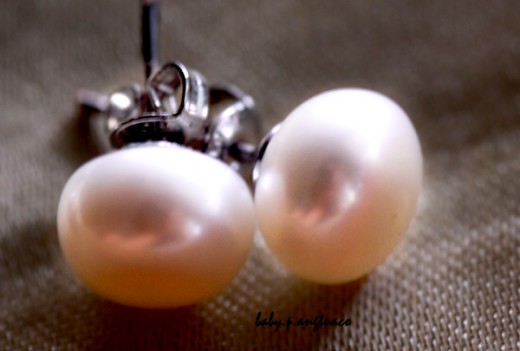
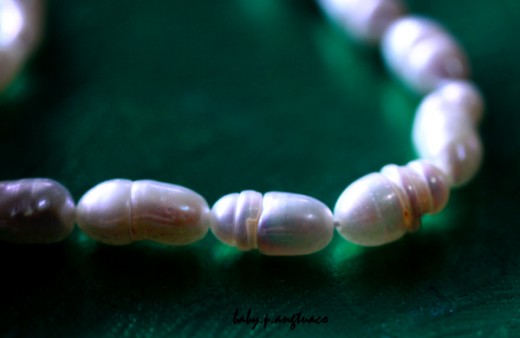
A Gem Like No Other
The quality of a pearl is based on the following criteria: size, lustre, color, coating, surface and shape. Most of these items are self-explanatory but pearls can exhibit shapes other than round or oval. I’ll explain this further.
The shape of pearls can be...round, oval, teardrop, baroque, button, mabe, or rice. Round, oval and teardrop shapes need no further explanation. The other shapes need some explanation though.
- Baroque is the term given to odd shaped pearls. Shapes vary from near round to highly irregular
- Button as the name implies is like some buttons that are round but also a little flat.
- Mabe pearls are round on the top and flat on one side. They are thus useful for making earrings and pins.
- Rice pearlslook like rice crispies.
Matching is another criterion that is taken into consideration if pearls are in a strand. Well-matched pearls (size, lustre, color, shape, texture) in a strand have higher value than less-matched ones.
Pearls of Wisdom and Inspiration
Pearls are mentioned several times in the bible and my friend Coffeesnob was inspired to write in her latest hub about the verses from Matthew 13:45-46
“Again, the kingdom of heaven is like a merchant seeking fine pearls.”
“And upon finding one pearl of great value, he went and sold all that he had, and bought it”.
Unfortunately, I just discovered now (July 2014) that Coffeesnob has removed her article from HubPages. It's sad!
Make a Pearl by Harry Emerson Fosdick
"Most of us can afford to take a lesson from the oyster.
The most extraordinary thing about the oyster is this.
Irritations get into his shell. He does not like them; he tries to get rid of them.
But when he cannot get rid of them he settles down to make of them one of the most beautiful things in the world. He uses the irritation to do the loveliest thing that an oyster ever has a chance to do.
If there are irritations in our lives today, there is only one prescription: make a pearl. It may have to be a pearl of patience, but, anyhow, make a pearl. And it takes faith and love to do it".
Harry Emerson Fosdick was inspired to write the above piece when he discovered how a pearl is born.
So, are we gonna make our own pearls?


